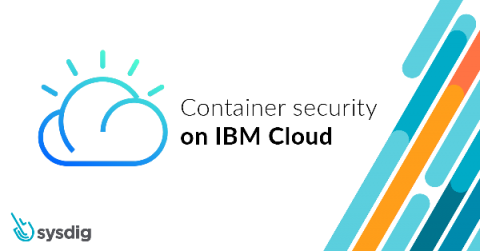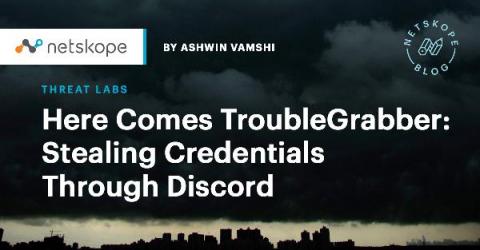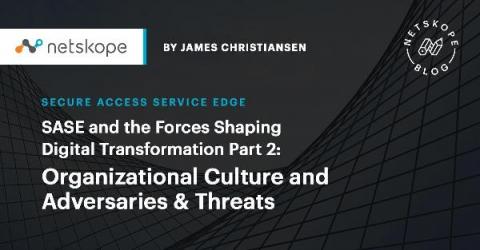Security | Threat Detection | Cyberattacks | DevSecOps | Compliance
Cloud
Outpost24 webinar - Cloud security controls best practice
Outpost24 webinar: Busting the myths of cloud security
SASE and the Forces Shaping Digital Transformation Part 3: Government and Industry Regulations, and Global Social and Economic Forces
Regulatory authorities are still trying to catch up with cloud computing let alone the revolution that business digitalization is causing as there is no longer a data center to audit or a firewall log to review.
Container security on IBM Cloud
If you’re running containers and Kubernetes on IBM Cloud, you can now enable the key security workflows of Sysdig Secure as a service within your IBM Cloud deployments. This makes it easier for you to implement security tools and policies to ensure your containers and your Kubernetes environment are protected and running as intended. The new container and Kubernetes security features are integrated into IBM Cloud Monitoring with Sysdig and offered as an additional service plan.
Here Comes TroubleGrabber: Stealing Credentials Through Discord
“TroubleGrabber” is a new credential stealer that is being spread through Discord attachments and uses Discord messages to communicate stolen credentials back to the attacker. While it bears some functional similarity to AnarchyGrabber, it is implemented differently and does not appear to be linked to the same group. TroubleGrabber is written by an individual named “Itroublve” and is currently used by multiple threat actors to target victims on Discord.
Common Cloud Computing Security Issues and How to Mitigate Them
Securing your cloud environment effectively is no easy task. What cloud security issues should you be prepared for? What are the most serious security risks? Which best practices are most effective at keeping your data safe? In this article, we will explore the two primary cloud models and the principal security concerns you will face when using each model.
SASE and the Forces Shaping Digital Transformation Part 2: Organizational Culture & Adversaries and Threats
At the convergence of digital transformation, an industry-wide focus on SASE, and the effects of the continuing COVID-19 pandemic, there are key forces that security practitioners need to be aware of and operate within. This is the second blog in a series of three detailing these forces and how security leaders and practitioners can adapt to them in a digitally transforming, SASE-enabled world. This blog covers the forces of Organizational Culture and Adversaries and Threats.
See Netskope Prove It
What is a Cloud Access Security Broker? CASB explained
A common component of modern cybersecurity infrastructure, a cloud access security broker (CASB) is technology that provides monitoring and mitigates risks from employee use of cloud services. CASBs were initially developed to fill a gap in cloud security visibility left behind by traditional firewalls, next-generation firewalls, and early secure web gateways, which struggled to identify instances of the unapproved use of cloud services, otherwise known as shadow IT or rogue IT.











